Installing a water tank in your camper trailer is essential for enhancing convenience and comfort during your travels. This comprehensive guide provides detailed steps to install a water tank efficiently, ensuring that you have a reliable source of fresh water wherever your adventures take you.
Understanding Your Water Needs
Before diving into the installation process, it’s crucial to assess your specific requirements. Consider the following factors:
- Water Usage: Estimate daily water consumption for cooking, cleaning, and showers.
- Travel Duration: Longer trips necessitate larger tanks or additional storage solutions.
- Available Space: Determine where you can install the tank without obstructing movement or causing inconvenience.
Table: Average Daily Water Consumption for Various Activities
| Activity | Water Consumption (in gallons) |
|---|---|
| Cooking | 1 – 3 |
| Drinking | 0.5 – 1 |
| Showering | 4 – 6 |
| Washing dishes | 2 – 3 |
| Toileting | 1 – 2 |
| Total Daily Use | 8 – 15 |
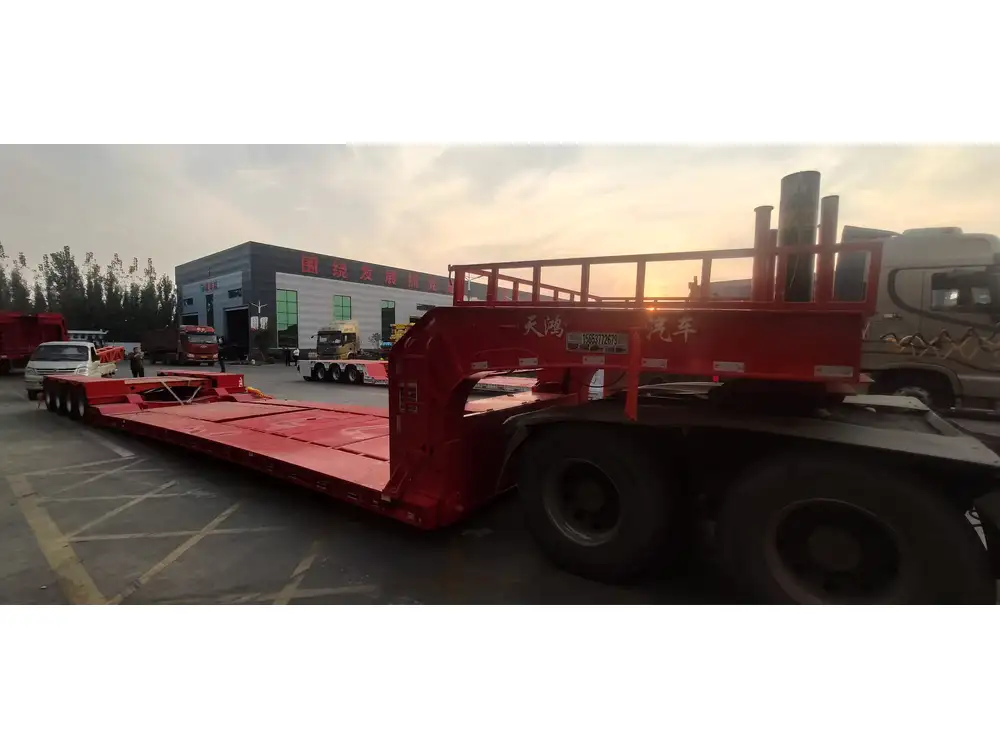
Selecting the Right Water Tank
Types of Water Tanks
Choose an appropriate tank based on your needs:
- Fresh Water Tanks: Ideal for potable water; usually made of food-grade plastic.
- Grey Water Tanks: Used for wastewater from sinks and showers; essential for compliance with waste disposal regulations.
- Black Water Tanks: Dedicated to holding sewage; requires careful monitoring and maintenance.
Materials and Size Considerations
- Material: High-density polyethylene (HDPE) or fiberglass tanks are popular due to their durability and resistance to corrosion.
- Size: A tank capacity between 20-40 gallons typically suffices for most campers. Choose a size that aligns with your estimated water consumption.
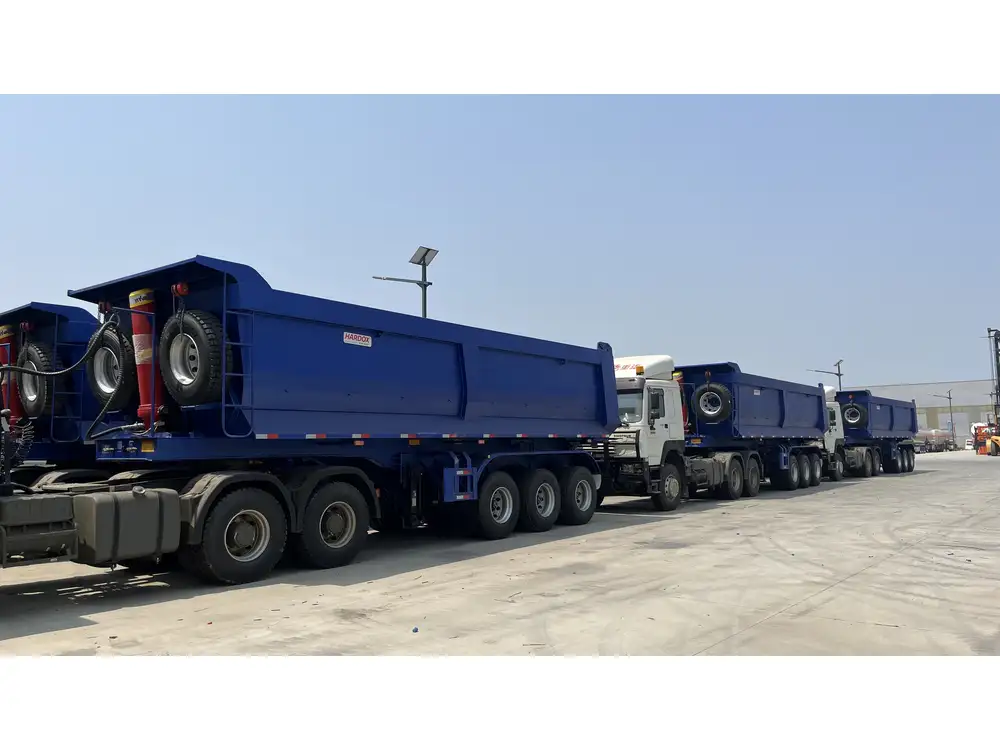
Tools and Equipment You Will Need
Assembly and installation require several tools and materials to ensure a seamless process. Prepare the following:
List of Tools Needed
- Drill and Drill Bits: For creating mounting holes.
- Wrenches: To tighten connections.
- Sealant: For ensuring watertight fittings.
- Pipe Cutter: If installing rigid plumbing.
- Level: To ensure proper tank orientation.
- Screwdrivers: For securing brackets and fittings.
Materials List
- Water Tank: Sized and positioned according to your needs.
- Hose: Food-grade flexible hose for water supply.
- Fittings and Valves: Ensure compatibility with your tank system.
- Mounting Brackets: Support the tank securely within the camper.

Step-by-Step Installation Guide
Step 1: Prepare the Installation Area
- Select Location: The ideal placement should be low in the trailer for stability and ease of access.
- Clean the Area: Ensure the workspace is free from debris and potential obstructions.
Step 2: Install the Water Tank
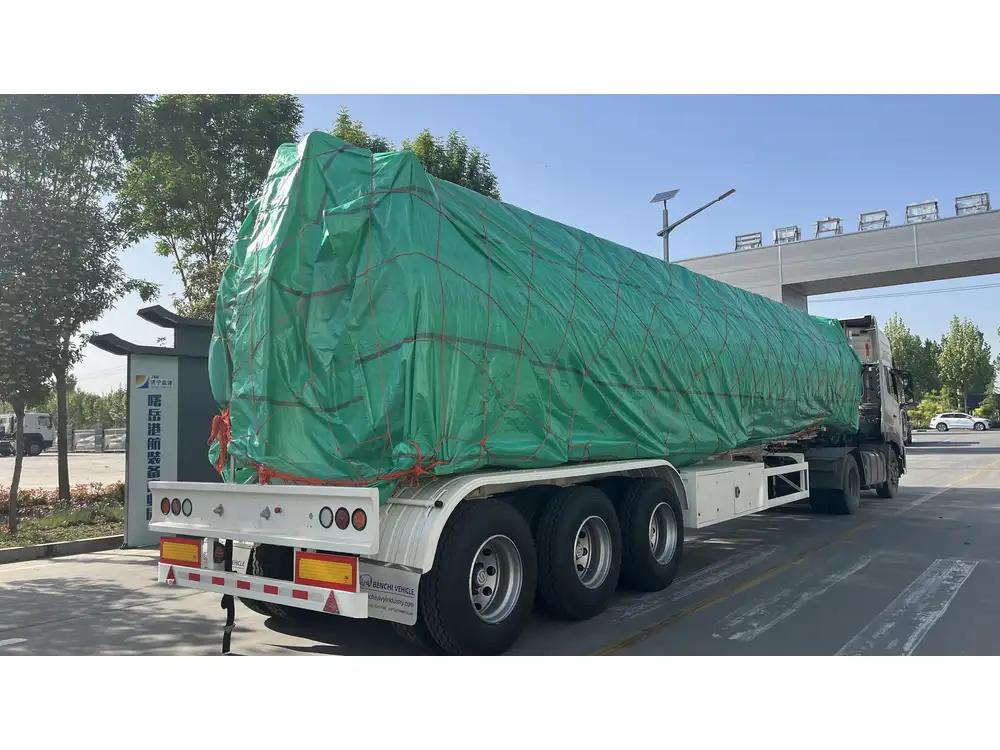
A. Positioning the Tank
- Mark the Location: Use a marker to outline where the tank will sit.
- Check for Level: Use the level tool to confirm the marked position is even.
B. Securing the Tank
- Attach Mounting Brackets: Using screws, secure the brackets to the floor of the camper, ensuring they align with the tank’s base.
- Place and Secure the Tank: Set the tank onto the brackets and use additional straps if necessary to prevent movement during travel.
Step 3: Connect the Plumbing

A. Install the Inlet
- Drill a Hole: Use the drill to create an inlet port in the tank (if not pre-drilled).
- Attach the Inlet Fitting: Ensure it is snug and apply sealant to prevent leaks.
B. Connect the Hose
- Cut the Hose: Measure and cut the food-grade hose to reach from the tank to your desired faucet or fixture.
- Secure Connections: Use clamps or threaded fittings to connect the hose reliably, avoiding potential leaks.
Step 4: Install Pump and Filters
Having a water pump and easy-to-replace filters is essential for effective water management.
- Location for Pump: Place the pump near the water tank, making sure it’s easily accessible for maintenance.
- Install Filters: Position filters inline if required, avoiding blockages and ensuring clean water flow.
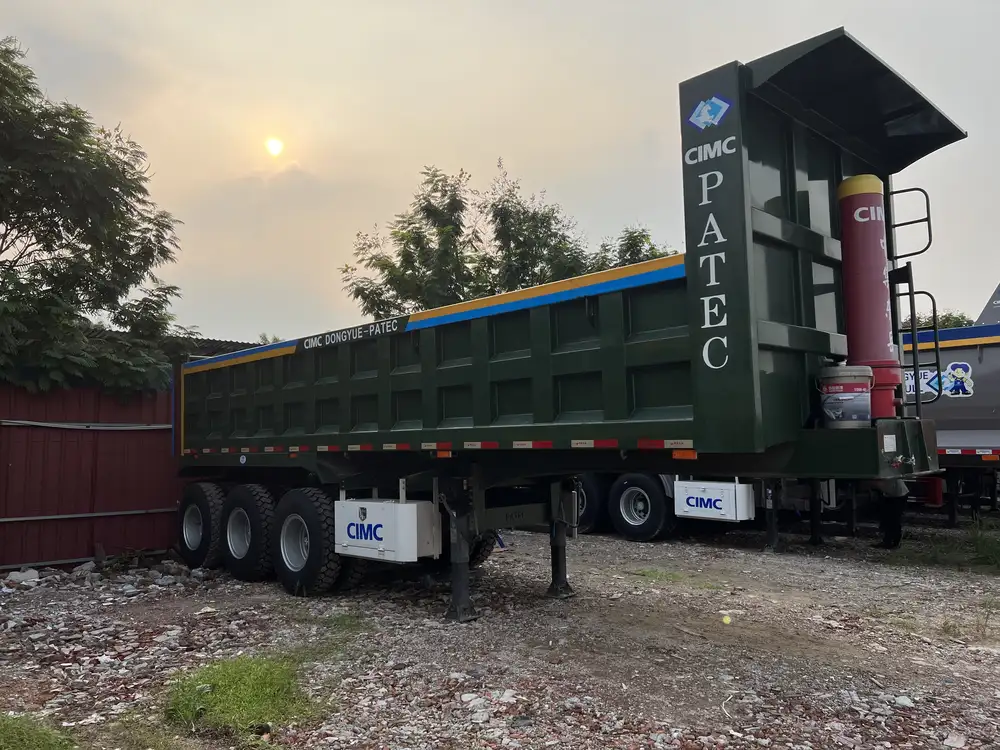
Step 5: Fill and Test the System
- Fill the Tank: Begin filling the water tank with potable water; monitor for any leaks immediately.
- Test Water Flow: Run the pump and open taps to check for smooth operation without obstructions.
Maintenance and Tips for Longevity
Proper maintenance extends the lifespan of your water tank and plumbing system.
Regular Checks
- Inspect Connections: Routinely examine fittings and hoses for signs of wear.
- Clean the Tank: Schedule periodic cleaning to prevent sediment buildup.
- Change Filters: Follow manufacturer recommendations for filter replacement.
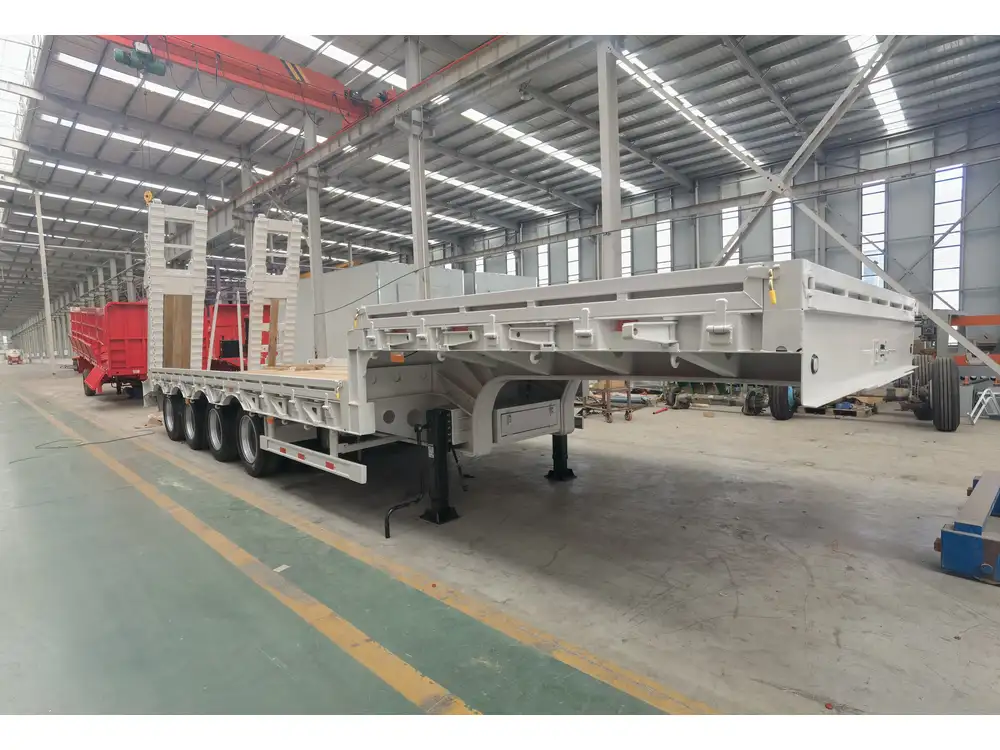
Seasonal Preparation
Before winterizing your camper:
- Drain the Tank: Completely empty the system to avoid freezing.
- Add Antifreeze: Use RV-specific antifreeze in the system to protect it during cold months.
Addressing Common Problems
Installing a water tank in a camper can be straightforward, yet challenges may arise. Here are solutions to some common issues:
Problem 1: Leaking Fittings
Solution: Tighten connections and consider using Teflon tape on threaded fittings to enhance sealing.

Problem 2: Insufficient Water Pressure
Solution: Check the pump for blockages or consider upgrading to a higher-rated pump.
Problem 3: Contaminated Water
Solution: Ensure only food-grade hoses are used, and conduct regular water quality tests.
Conclusion
Installing a water tank in your camper trailer isn’t just about convenience; it’s about empowering your adventures. With this detailed guide, you have the knowledge and tools to embark on your installation journey confidently. By choosing the right equipment, adhering to proper installation procedures, and planning for maintenance, you can enjoy the freedom of having a reliable water supply wherever your travels take you. Your wanderlust becomes infinitely more enjoyable when you have the essential comforts of home at your fingertips. Equip your camper, embrace the road, and savor every moment of your exploration!



